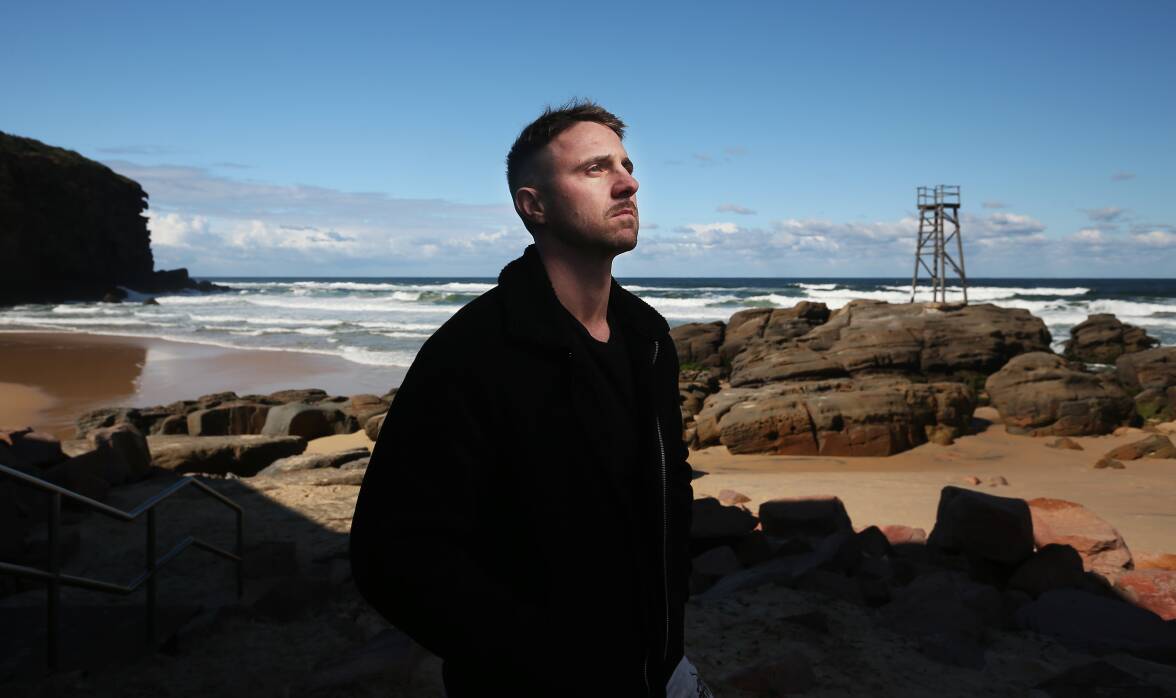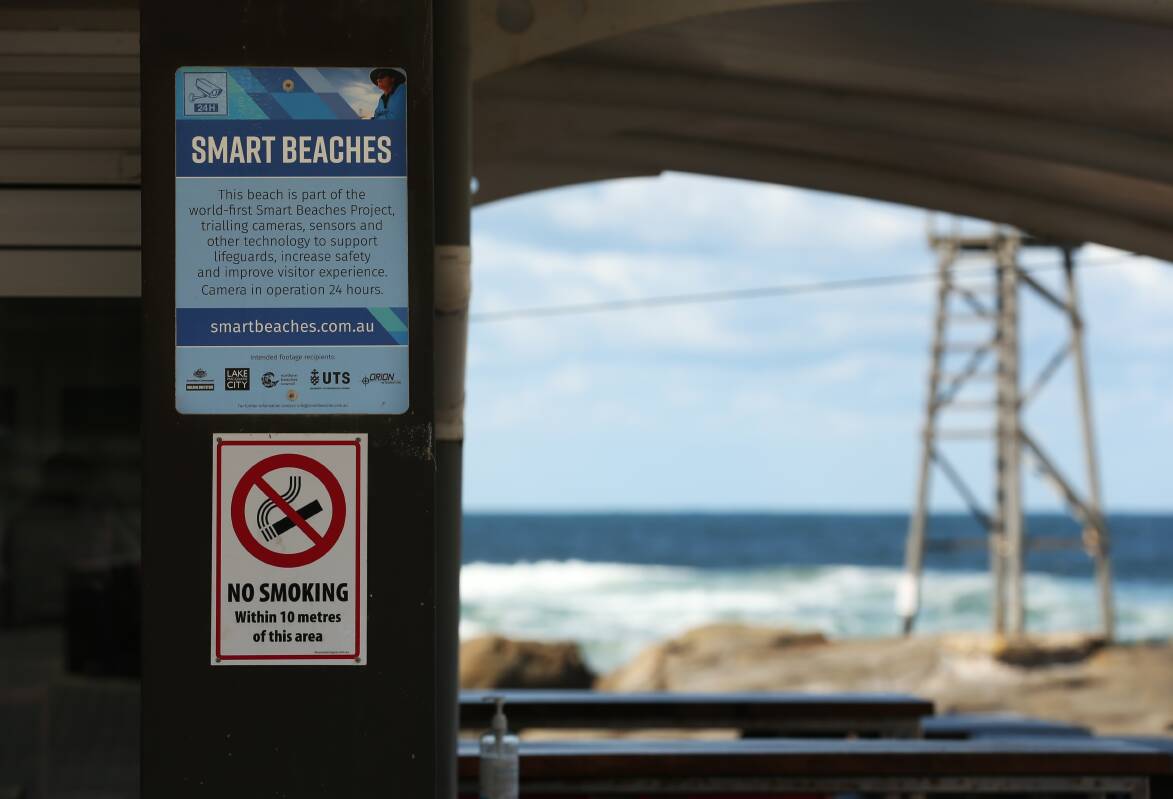

LAKE Macquarie council has defended its Smart Beaches camera program after a resident raised privacy concerns with councillors.
The Smart Beaches project, installed at Redhead and Blacksmith beaches since 2018, combines "smart infrastructure technologies with advanced data analytics" and "machine learning to generate real-time and forecasted insights into beach visitation and conditions".
Whitebridge local Adam Hodkinson raised his concerns at a recent council meeting, arguing it's another example of government overreach with little information about what's being done with the footage, where it is stored and who has access to it.
"Beaches are one of the last places we have where we can go freely," he said.
"The government knows what you do, where you go, what you buy, who you see, who you're eating with and who you go to visit - everything is absolutely monitored.
"We have no idea or understanding of the capability of these cameras, what they can pick up, how good the vision is, or the technology of them - are they pixelated and a bit obscure or are they perfect high-definition view?"
He said families take children to the beach assuming they aren't being filmed, and there are girls as young as 12 in bikinis who have a right to privacy.
A Lake Macquarie City Council spokesman said the footage is used to get a more accurate picture of beach visitor numbers and allow lifeguards to focus on public safety.
"Some issues were raised during project consultation in 2018," he said.
"We are aware of concerns being raised again recently, possibly with a misunderstanding that this is a new initiative."
He said the Smart Beaches system operates in accordance with the NSW Privacy and Personal Information Act 1998, and the council's privacy management plan.
"Smart Beaches uses cameras to estimate visitation numbers to our beaches throughout the day," he said.
"This information is very important to help ensure we have the right services operating at the right place at the right time.
"No analytics regarding individual subjects is performed.
"By using technology to achieve this, we reduce data errors, free up lifeguards to focus on the beach and can collect data for currently unpatrolled but popular locations."
The spokesman said there is no public access to the system or images, which is password protected and limited to authorised staff.
The public can request data or images, which are stored for a minimum of 30 days but have been retained since the start of the project to enable "consistent analytics outcomes".
According to the council, the cameras also double as a shark alert system outside of patrol hours.
But, Mr Hodkinson said he wasn't convinced the cameras contributed to safety outcomes or improved visitor experiences.
He argued the number of drownings recorded on average across the country each year does not justify the means for surveillance.
"We should be able to come to a beach in Australia unencumbered and un-infringed by government intrusion, because it is a massive violation of our rights and privacy, and it's just a gross overreach," he said.
"If it's to improve visitor experience it doesn't do that, because Australians don't want to be watched at the beach ... if it's supposed to improve safety with potential theft at the beach it's got nothing to do with that and we as grown adults and human beings take that responsibility and risk when we take our personal belongings down to the beach."
The project is also in place at Shelly Beach in the Northern Beaches.







